Nationality American Parents Alpheus Hyatt Role Sculptor | Name Anna Huntington Known for Sculpture Awards Legion of Honour | |
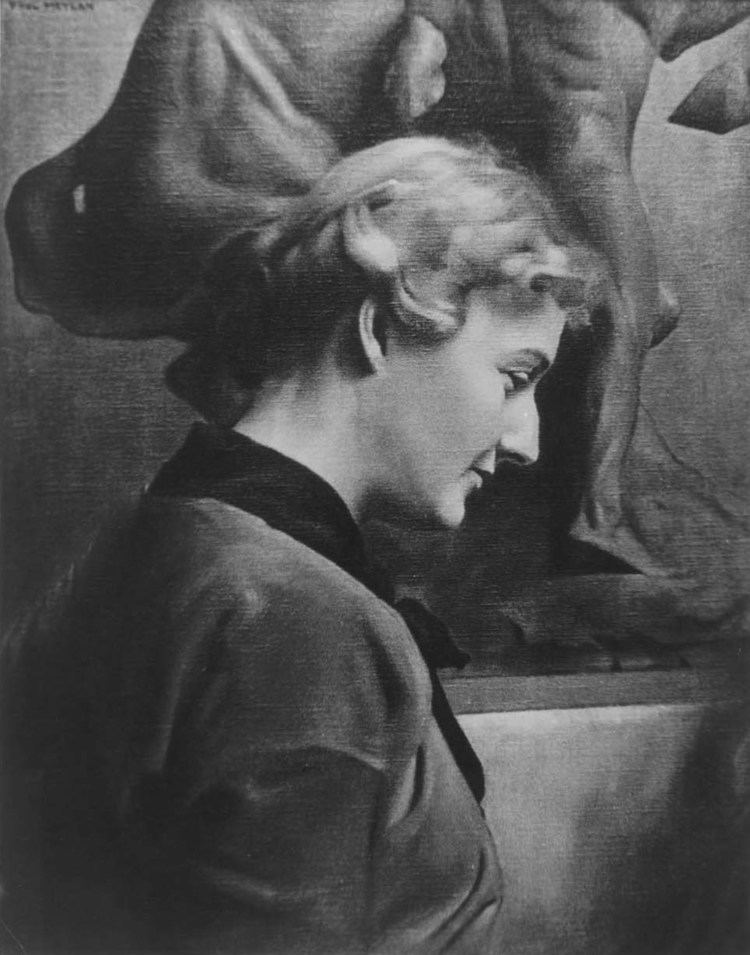 | ||
Full Name Anna Vaughn Hyatt Spouse Archer Milton Huntington (m. 1923) Similar People | ||
Anna hyatt huntington
Anna Vaughn Hyatt Huntington (March 10, 1876 – October 4, 1973) was an American sculptor and was once among New York City's most prominent sculptors. At a time when very few women were successful artists, she had a thriving career. She exhibited often, traveled widely, received critical acclaim at home and abroad, and won awards and commissions. During the first two decades of the 20th century, Hyatt Huntington became famous for her animal sculptures, which combine vivid emotional depth with skillful realism. In 1915, she created the first public monument in New York City, outside of Central Park, by a woman: Her Joan of Arc, located on Riverside Drive at 93rd Street, is also the city’s first monument dedicated to a historical woman.
Contents
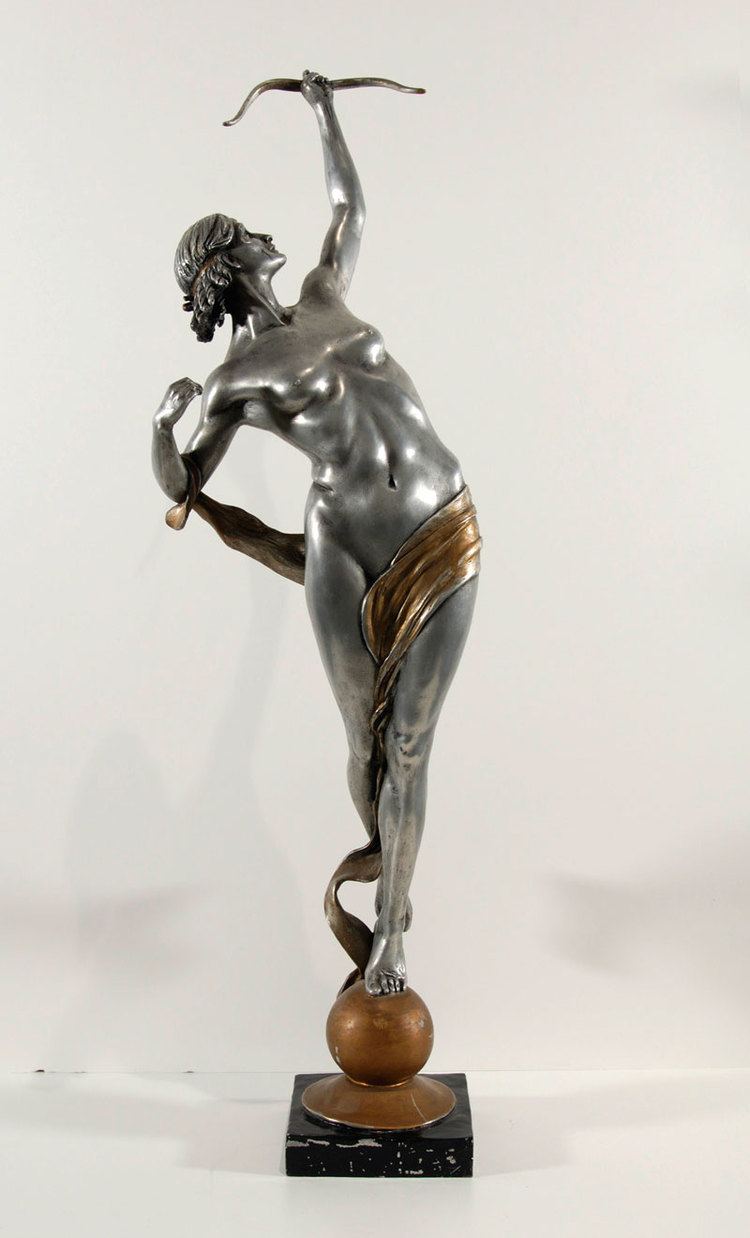
Anna hyatt huntington
Life and career
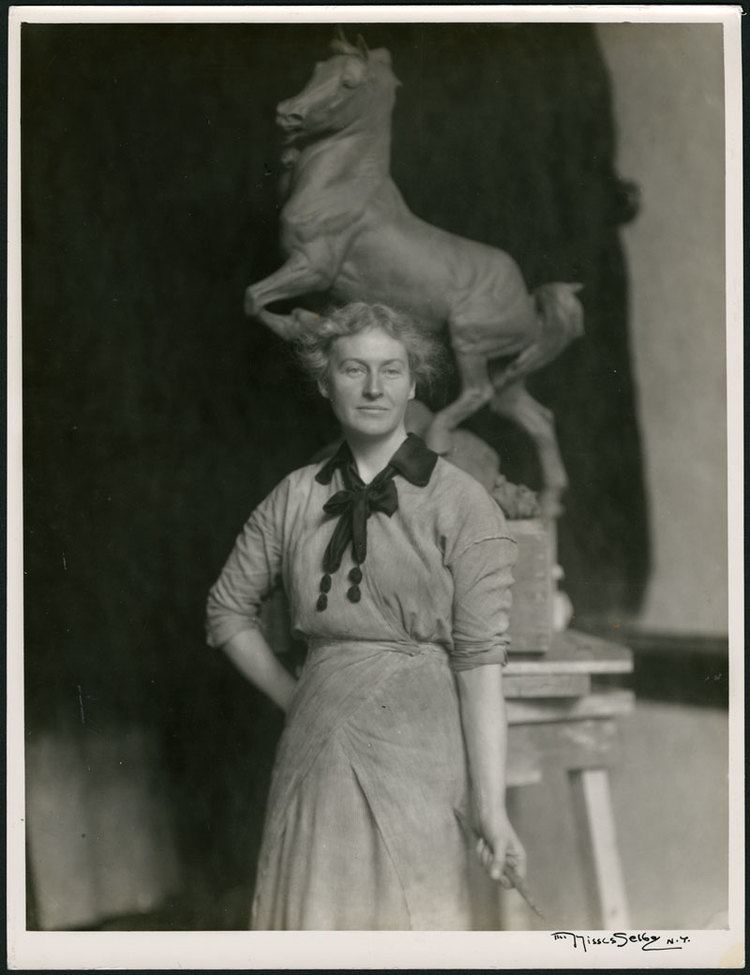
Huntington was born in Cambridge, Massachusetts. Her father, Alpheus Hyatt, was a professor of paleontology and zoology at Harvard University and MIT, and served as a contributing factor to her early interest in animals and animal anatomy. Anna Hyatt first studied with Henry Hudson Kitson in Boston, who threw her out after she identified equine anatomical deficiencies in his work (Rubenstein 1990). Later she studied with Hermon Atkins MacNeil and Gutzon Borglum at the Art Students League of New York. In addition to these formal studies she spent many hours doing extensive study of animals in various zoos (including the Bronx Zoo) and circuses. She was one of 250 sculptors who exhibited in the 3rd Sculpture International held at the Philadelphia Museum of Art in the summer of 1949.
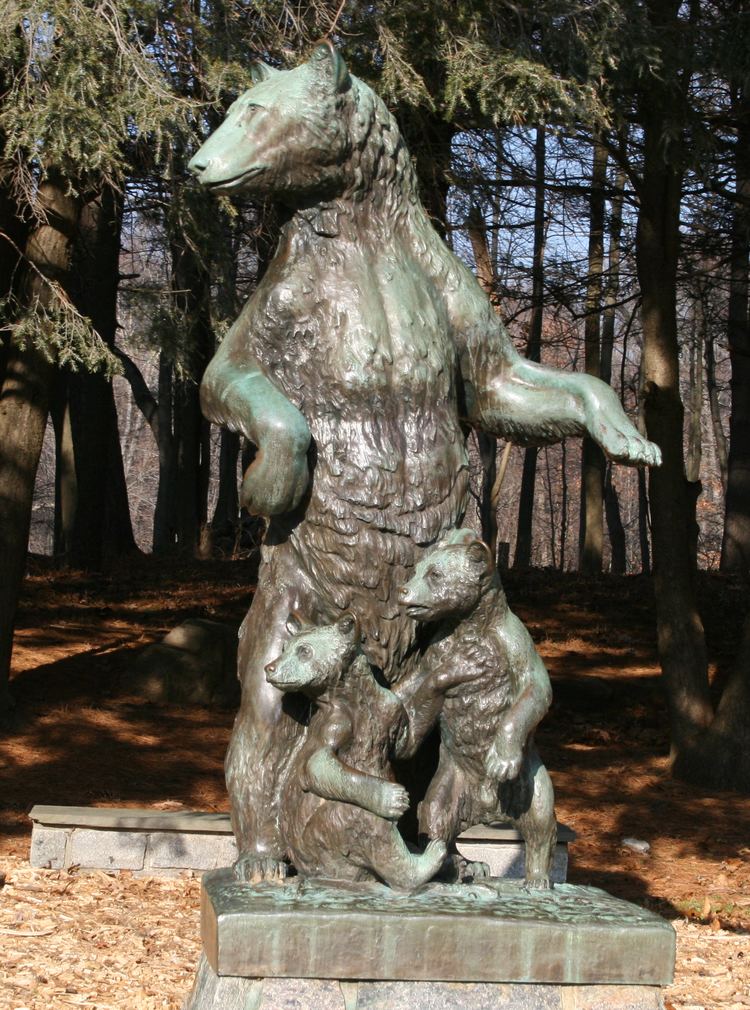
In 1932, Huntington became one of the earliest woman artists to be elected to the American Academy of Arts and Letters. Between the years of 1927 and 1937, Huntington developed and survived tuberculosis.
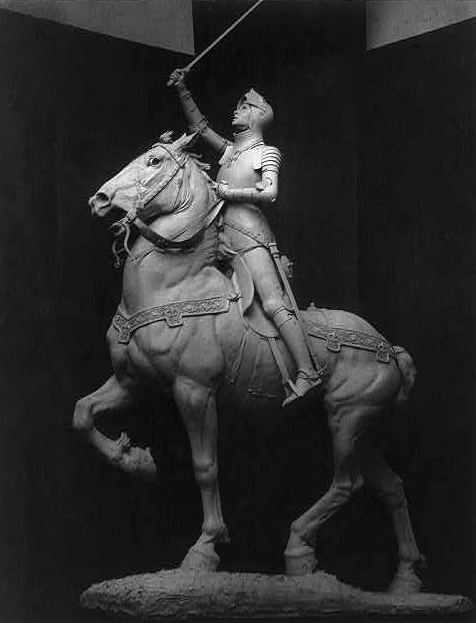
Huntington and her husband, Archer Milton Huntington, founded Brookgreen Gardens near Myrtle Beach, South Carolina. She was a member of the National Academy of Design and the National Sculpture Society and a donation of $100,000 from her and her husband made possible the NSS Exhibition of 1929. Because of her husband's enormous wealth and the shared interests of the couple, the Huntingtons were responsible for founding fourteen museums and four wildlife preserves. They also gifted Collis P. Huntington State Park, consisting of approximately 800 acres (3.2 km2) of land in Redding, Connecticut, to the State of Connecticut.
She was the aunt of the art historian A. Hyatt Mayor.
Death and legacy
Anna Vaughn Hyatt Huntington died October 4, 1973. She is buried in Woodlawn Cemetery, The Bronx, New York City, next to her husband Archer Milton Huntington who preceded her in death on December 11, 1955.
Her papers are held at Syracuse University, and the Archives of American Art.
The Metropolitan Museum of Art listed Huntington among the foremost woman sculptors in the United States to have undertake large, publicly commissioned works, alongside Malvina Hoffman and Evelyn Longman.
Public equestrian monuments
Her animal sculptures, figures of both life-sized and in smaller proportions, are in museums and collections throughout the United States. Hyatt Huntington’s work is now displayed in many of New York’s leading institutions and outdoor spaces, including Columbia University, the Metropolitan Museum of Art, the National Academy of Design, the New-York Historical Society, the Hispanic Society of America, the Cathedral of Saint John the Divine, Central Park, Riverside Park and the Bronx Zoo. She spent two years collaborating with Abastenia St. Leger Eberle to produce Man and Bull, which was exhibited at the St. Louis Exposition in 1904.
The Hispanic Society of America was founded in 1904 by her husband, Archie Huntington. Anna was responsible for the art in its courtyard, including:
Two statues are located at the entrance to Collis P. Huntington State Park in Redding and Bethel, Connecticut: "Mother Bear and Cubs" and "Sculpture of Wolves". The park was donated to the state of Connecticut by the Huntingtons. Other equestrian statues by Huntington greet visitors to the entrance to Redding Elementary School, the John Read Middle School, and at the Mark Twain Library. The statue at the elementary school is called "Fighting Stallions" and the one at the middle school is called "A Tribute to the Workhorse". The sculpture at the Mark Twain Library, also called "The Torch Bearers" is identical in form to the one in Madrid, but is cast in bronze and appears to be smaller.
In her Horse Trainer (Balboa Park, San Diego) she enlivens the theme of the Roman marble Horse Tamers of the Quirinale, Rome, which had been taken up by Guillaume Coustou for the horses of Marly.
Huntington's Joan of Arc stands at the intersection of Riverside Drive and Ninety-third Street in Manhattan, with other versions in San Francisco, Blois, Gloucester, Massachusetts, and Québec City. The plaster model, which she made at the studio of Jules Dalou, earned her Honorable Mention at the 1910 Paris Salon. Cast in bronze by the Gorham Manufacturing Company to one-and-a-half-times life size, its Mohegan granite base was designed by John Vredenburgh Van Pelt; it contains fragments of the Rouen cell Joan was imprisoned in before her execution, and from Reims Cathedral. Jean Jules Jusserand spoke at its dedication on December 6, 1915. The $35,000 needed to erect the statue was donated by numismatist J. Sanford Saltus, namesake of the American Numismatic Society's Saltus Award.
